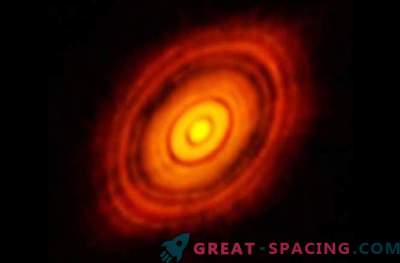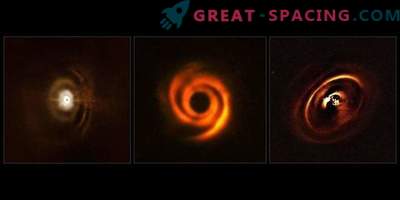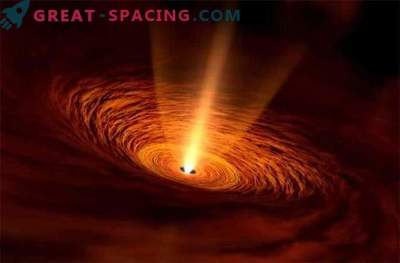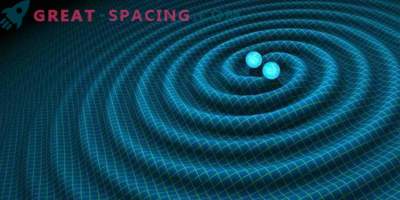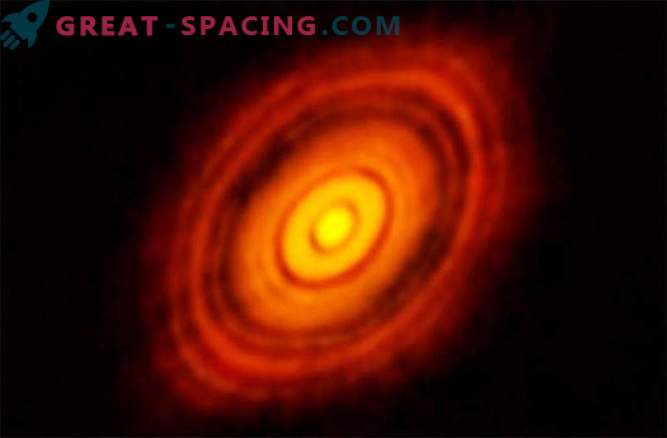
Welcome to HL Taurus - the star system that was just born and has become the target for the most astounding astronomical observations ever made.
Observed with the help of the Atakam Big Millimeter / Submillimeter Grid (ALMA) in Chile, this is the most detailed view of the protoplanetary disk surrounding a young star that is 450 light years away from Earth. This is a dazzling observation - a portal to the past of our solar system, which shows us how the planetary system looked around the Sun more than 4 billion years ago. And what is even more surprising, this image proves that our theoretical understanding of the evolution of planetary systems is correct.
However, there are some surprises.
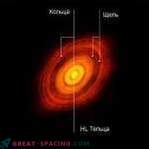
Click image
“These formations are almost certainly nascent planets that form on a disk. This is surprising, since such young stars are supposedly not to have large planetary bodies capable of producing the structures we see in this image,” said Stuart Corder, deputy director of ALMA. . “When we first saw this image, we were amazed at the level of detail,” said Katrin Vlahakis, research director at the ALMA telescope program. "HL Taurus is not even a million years old, but there is already a disk in it ready for the formation of planets. This image alone will revolutionize the theory of the formation of planets." After the star is lit in the center of the gravitational collapse of the star-forming nebula, the remnants of gas and dust will gather around the star, forming a disk. The usual theory assumes that over time, the disk begins to cool and small particles begin to grow into small pebbles, then asteroids, then planetesimals and, finally, planets.
Since these embryonic planetary bodies orbit the star, they clear their way into the remaining dust disk, absorbing the remaining debris, which continues to increase their mass. This is exactly what we see in this picture. HL Taurus has a protoplanetary disk, which is currently being replenished by planets paving their orbits. In the end, the remaining debris will be absorbed by a growing number of asteroids and planets that evolve over time into a star system just like ours. However, it seems that this stellar system is growing and developing quite rapidly, so that astronomers will undoubtedly try to understand for how long.
The ALMA project is close to completion and this is the first accurate observation of an almost fully completed configuration. Using the technique of long-term basic interferometry, ALMA consists of many individual antennas, spread over a huge area. Therefore, ALMA can surpass exactly any other observatory on Earth or even in space, including Hubble. “The logistics and infrastructure required to place antennas in such remote locations require unprecedented coordinated efforts from an international team of engineers and scientists,” says ALMA director Pierre Cox. “Almost everything that we know about the formation of planets today is based on theory,” added Tim de Zeeu, director general of the European Southern Observatory. This highly detailed image of the HL Taurus shows us what ALMA can achieve when the project works at full capacity. "

